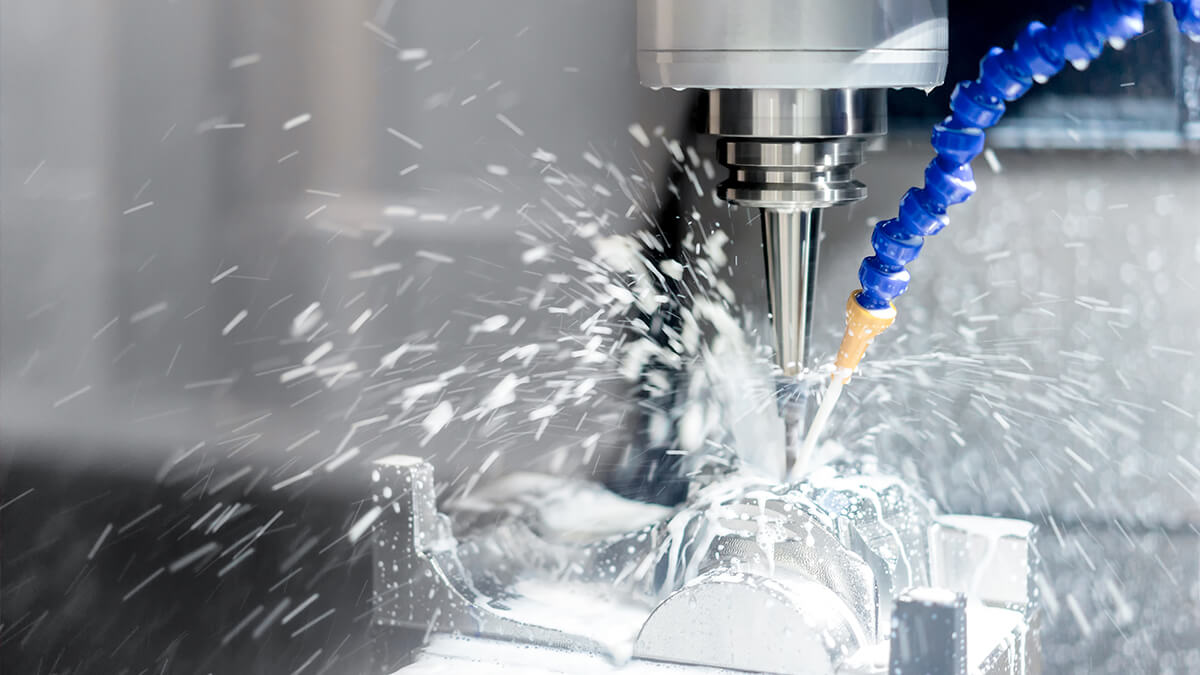A lathe machine is a machine tool that fixes a workpiece on a rotating spindle and is also the most widely used machine tool.
What Is a Lathe?
A lathe machine is a common and often used machine tool that rotates a workpiece by means of a tool applied to the workpiece to perform various operations such as turning, facing, knurling, grooving. The function of the lathe is to machine round objects. The lathe processing process is to fix the pre-processed object and rotate it according to a fixed speed, and then use the tool to cut. Rotating the ongoing machining process, which is the lathe process, the finished product will be a perfect circle.
The CNC lathe, full name Computerized Numerical Control Lathe, is a common and often used machine tool. The function of the lathe is to machine round objects. The lathe processing process is to fix the pre-processed object and rotate it according to a fixed speed, and then use the tool to cut. Rotating the ongoing machining process, which is the lathe process, the finished product will be a perfect circle. The CNC lathe is through computer computing programming and controlling, the operator can input a large-number of precision machining by inputting the code (G code).
The common categories of lathes include the following: CNC lathes, bench lathes, high-speed lathes, automatic lathes, and vertical lathes.
A lathe is a cutting method in which a workpiece is rotated as the main motion and a tool is linearly moved as a feed motion. Since the main motion of the lathe is the rotational movement of the part, the lathe is particularly suitable for machining parts with a rotating surface. Lathes are generally used to cut outer circles, holes, end faces and cones.
Lathe Machining has the Following Processing Features:
- It is easy to ensure the positional accuracy of each processing surface: It can ensure that the outer circle, inner hole, end plane, groove and other parts of the same part have the same rotation axis, reaching between the outer circle axes and between the outer circle and the inner whole axis. Coaxially requirements.
- High productivity: Under normal circumstances, the turning process is continuous, and the cutting force does not change substantially. Therefore, the lathe processing is suitable for single-piece small batch production as well as mass production.
- The production cost is low: The turning tool is the simplest tool for lathe machining. When the lathe is machined, the lathe clamping and adjustment time are relatively short, so the turning cost is relatively low in the manufacturing cost and the later maintenance cost.
- Wide ranges of machine able materials: It can process ferrous metals like wood, iron, manganese, and chrome as well as some non-ferrous metals, and some non-metallic materials can also be processed by a lathe. There are wood lathes or metal lathes.









.png)




